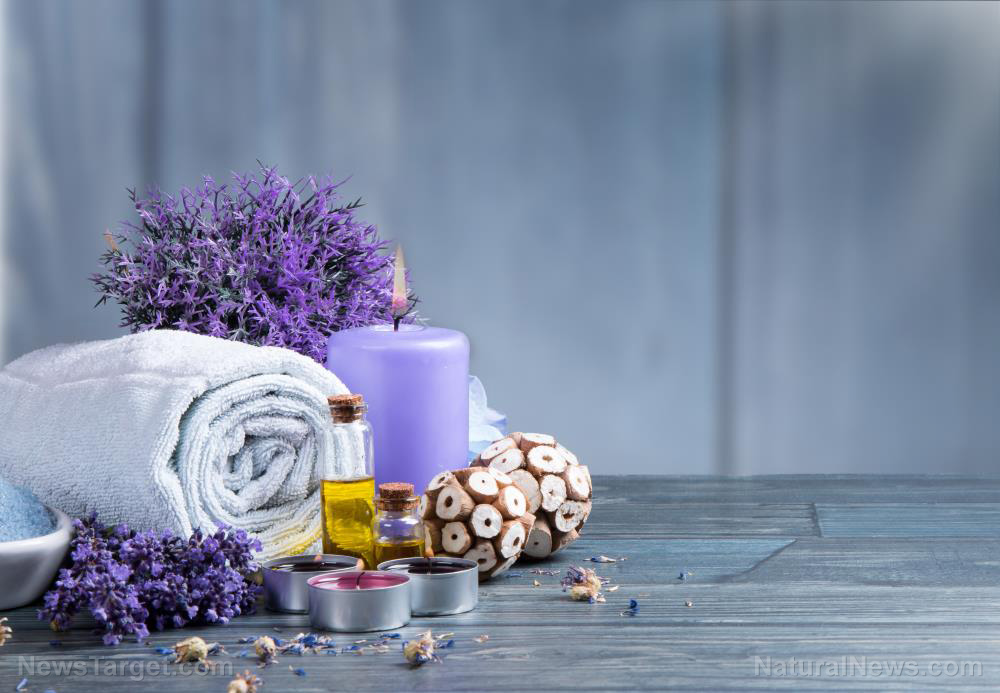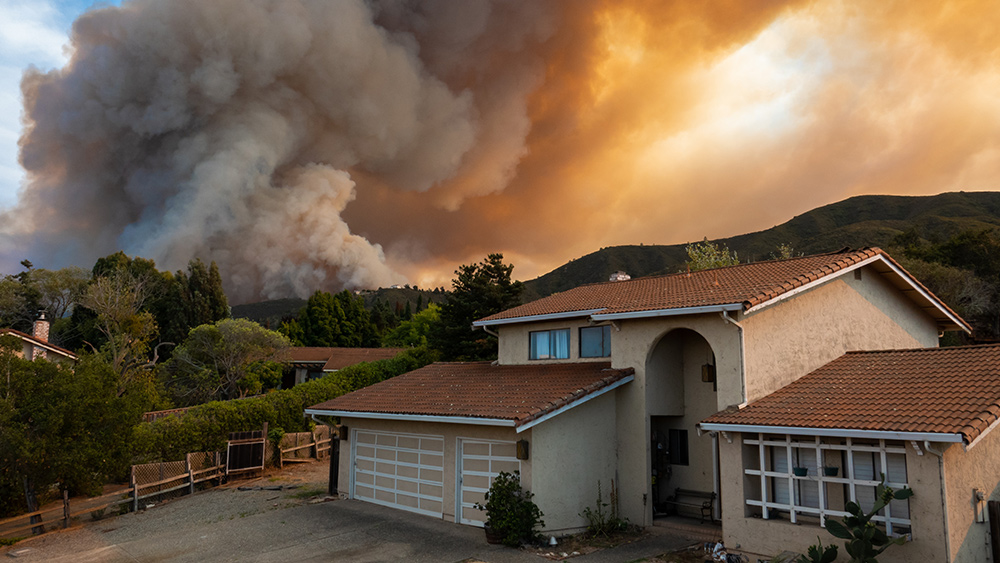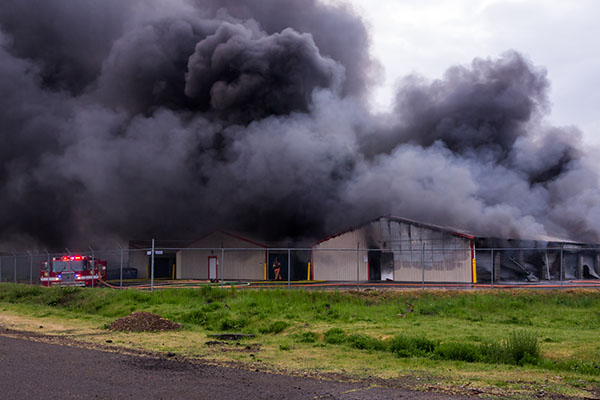
Keeping your home free from toxins
The Healthy Home report from the Harvard T.H. Chan School of Public Health contained various tips for keeping your home toxin-free, such as:
- Leaving your shoes by the door
- Growing houseplants
- Vacuuming regularly with HEPA (high-efficiency particulate air) filters
- Monitoring your humidity levels
- Not using herbicides and pesticides
The report also cautioned against the use of candles or incense that create “small combustion sources inside your home.” Evidence suggests that using these items in your home increases airborne particles. In some cases, levels may be higher than what is typically measured outside U.S. cities.
Store-bought cleaners, sprays and certain textiles contain many harmful chemicals that can affect the air quality inside your home. But is it the same for scented candles and incense?
Candles, incense and indoor air quality
Data points to limonene, a common ingredient used in scented candles. This chemical, which is naturally found in citrusy notes, is considered a cause for concern.
Limonene is considered safe on its own, but when it comes into contact with nitrogen oxide -- a common pollutant in indoor and outdoor air -- the combination can produce harmful byproducts such as formaldehyde and acetone.
The Environmental Protection Agency (EPA) has identified formaldehyde as a chemical of concern since it is linked to an increased risk of developing certain types of cancer.
Yet a separate comprehensive report from the EPA showed that before candle smoke can surpass the EPA's “excess cancer risk level,” you would need to burn 30 candles in an enclosed room for about three hours.
The EPA explained that a candle's wick is more important to its overall safety since wicks made with lead produce indoor airborne lead concentrations that may negatively affect your health. Lead wick candles were technically banned from American markets in 2003, but some are still available for purchase.
You should also check the wax used in your candles. Paraffin wax candles, which are extracted from petroleum, may produce higher levels of alkenes and toluenes than other wax types. Studies have yet to determine if paraffin wax candles emit enough to be a human health concern.
The data may be conflicting but if you want to use candles and incense at home safely, look for products that are made from healthy ingredients.
Choose better candles and incense
Dr. Rhea Mehta, a molecular toxicologist, suggested that researchers involved in the study probably weren't looking at natural candles and incense. While Mehta is hesitant to warn people who use scented candles or incense, particularly for religious or spiritual practice, she has tips to ensure their safe usage.
Mehta noted that it's better to purchase candles with a "soot-free" wick made of cotton or wood. You should also look for clean-burning waxes like beeswax, coconut or soy and check for a transparent ingredient list.
When using incense, it's best to use products dipped in natural oils. (Related: All for cleaner air: 7 Simple things you can do to improve air quality.)
Once you've decided on a scented candle or incense, Mehta highlights the importance of putting it out properly. Before blowing out candles, you should open windows so the smoke doesn't end up in the room. This was important, Mehta said, particularly if you're about to turn in for the night.
Mehta concluded that if you have allergies or respiratory issues, you must pay extra attention when burning anything at home. If incense or candles give you a headache or make you feel lethargic, keep it away from you.
For more tips on how to improve air quality in your home, GreenLivingNews.com.
Sources include:
Please contact us for more information.






















